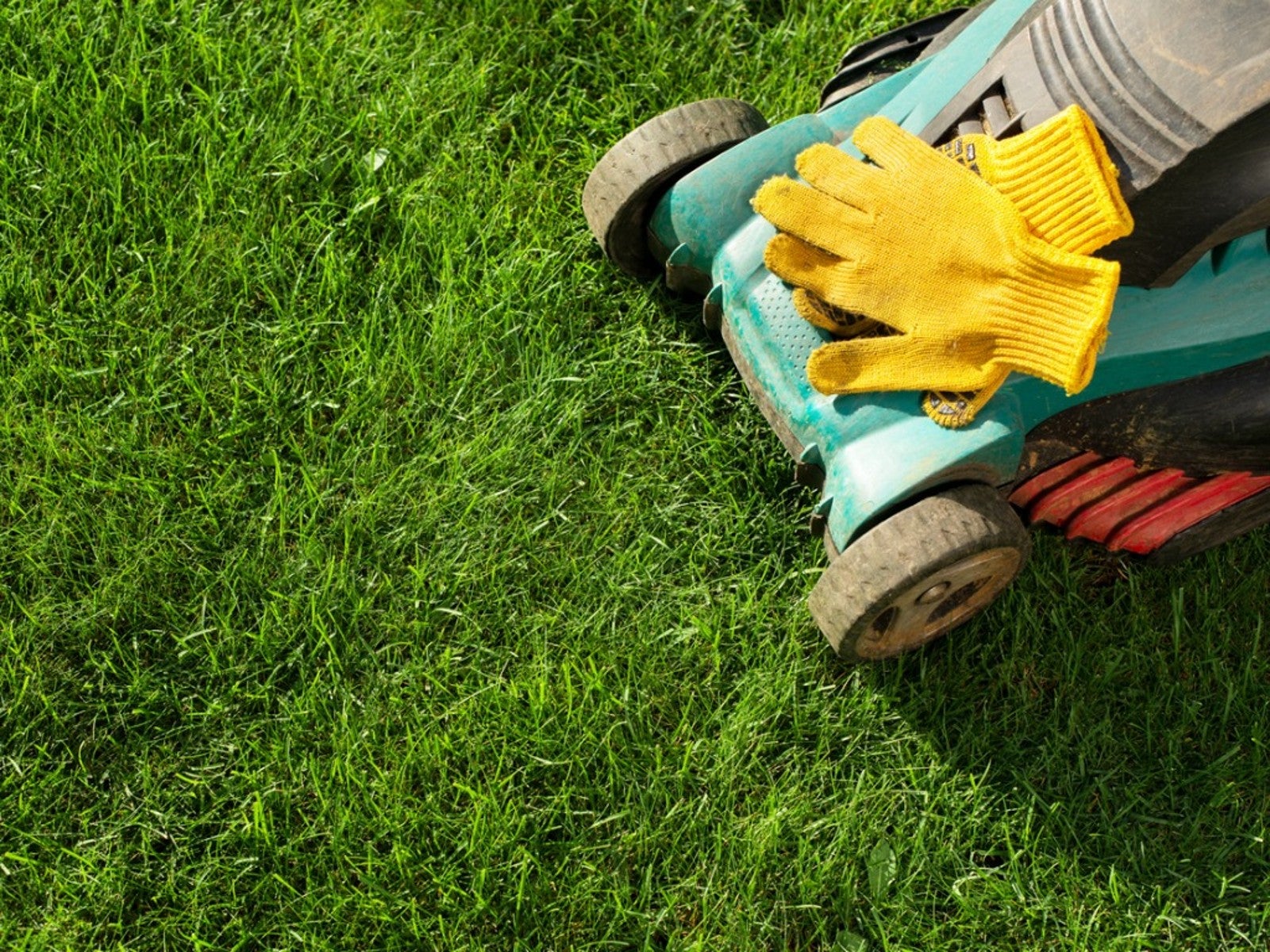Nevada And California Lawn Care Tips


Lawns in the West need care and maintenance just like lawns everywhere. Given the recent years of drought, watering lawns in California has become one of the trickiest garden chores. Irrigation is also a big part of lawn care in Nevada. Read on for tips on how to keep your grass happy without exceeding your water budget.
Lawn Care California Starts with Landscaping
Water is an issue when it comes to lawns everywhere, but drought in California and other western states has moved irrigation to the top of the lawn maintenance list. Most gardeners are aware of this, but not everyone landscapes with water in mind.
What does this mean? It means that the time to begin thinking of irrigation issues is when you are designing your backyard vegetation. The lawn should be planned to reduce water runoff especially onto hard surfaces. This includes making sure that the soil is loose enough to allow water to move through to grass roots, as well as selecting drought-tolerant grass species.
Watering Nevada and California Grass
A core water-saving irrigation technique is to wait to water your grass until the lawn really needs it. Different species of turf will need different amounts of water, but the location of the lawn, its exposure, and the season also must be considered.
Generally, lawns need water when the top few inches (8 cm.) of soil are dry. Probe the soil with a stick or pencil, then use the tape measure. If it’s still dry at 2 inches (5 cm.), it’s time to water. It is best to water deeper and less often so that the roots get a good soaking.
Runoff is a waste of water, so keep an eye on sloping sections of the lawn. If you use a sprinkler system and it produces runoff, shorten the water time. You want every drop of that water to move into the soil. It’s best to water early in the morning to avoid water loss through evaporation. Avoid watering during the heat of the day.
When and How to Mow Grass
Mowing grass is more than a way to make the yard look neat. Proper mowing techniques help make the lawn thick and healthy, while poor techniques can result in patchy grass.
Sign up for the Gardening Know How newsletter today and receive a free copy of our e-book "How to Grow Delicious Tomatoes".
When to mow? Grass is best mowed during its active growing period. This will be in spring and fall for cool-season grasses, summer for warm-season grasses. Remember that both irrigation and fertilizer will impact the growth rate. Fertilizing is an important part of lawn care, supplying the required nitrogen as well as phosphorus and potassium. Too much fertilizer, though, can injure the grass.
When you do mow, set the mower to clip off no more than one-third of the grass blade. Grass is, after all, a growing plant and it must create its own food through photosynthesis. If you take off too much of the leaf, the remaining surface might not be sufficient to produce the energy the plant requires, resulting in a thin, sickly-looking lawn.

Teo Spengler is a master gardener and a docent at the San Francisco Botanical Garden, where she hosts public tours. She has studied horticulture and written about nature, trees, plants, and gardening for more than two decades, following a career as an attorney and legal writer. Her extended family includes some 30 houseplants and hundreds of outdoor plants, including 250 trees, which are her main passion. Spengler currently splits her life between San Francisco and the French Basque Country, though she was raised in Alaska, giving her experience of gardening in a range of climates.